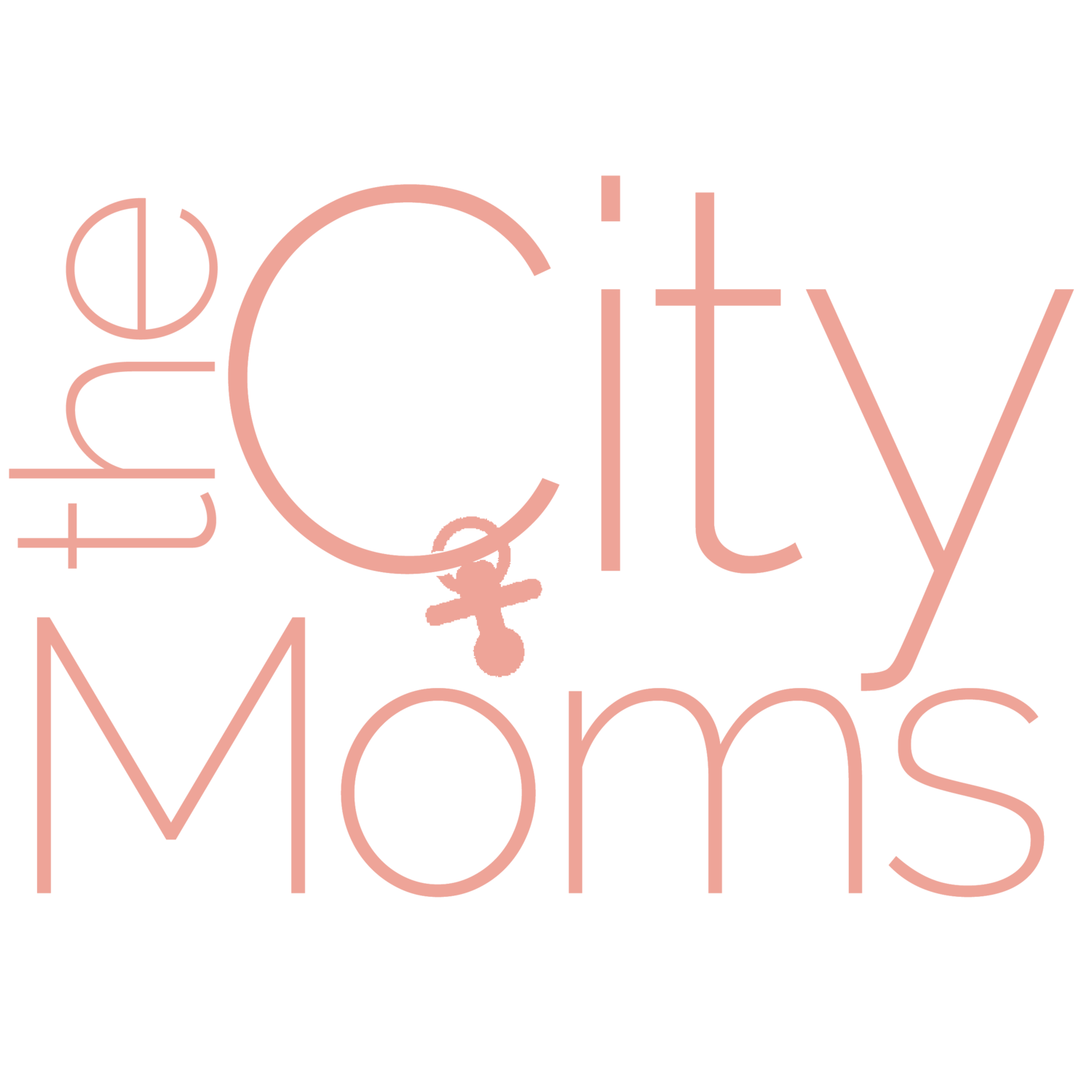Tips to prepare kids in case of an emergency
Editor’s Note: September is National Preparedness Month, and CityMom Claire shares the tips she has implemented to prepare her family for emergencies and how you can, too.
Just like I was as a young girl, my kids are taught to call 911 in an emergency.
One problem and major difference between life now and life in the nineties? We now don’t have a home phone or landline. Neither do most grandparents.
And there is a good chance that there won’t be one at a friend’s house either.
This made me aware that I needed to go further with my kids than “Call 911” and prepare them for what to do in the many types of emergencies they might find themselves in. Here is what we have talked about in our house.
How to really call 911
Without access to landlines and with locked home screens, it isn’t as simple for any of us to “just call 911.” Get out your phones with your kids and show them how to access ‘How to Make an Emergency Call’ on the lock screen. The choices vary by phone provider. Some only allow users to go straight to 911, others offer the option of 911 or a couple in case of emergency contacts. Help them get familiar with getting the option to call 911 if they had to without knowing the code to get into any phone.
Don’t forget to stress the importance of only calling 911 if it is an emergency and knowing details like your address. We keep our address written on a sheet of paper on our refrigerator. It’s not a bad thing to ask grandparents to do, too. Emergencies are scary and remembering these details can be hard.
Who are your people, and how do you contact them?
A few days ago, a little girl ran into Pre-K with me and my daughter while her mom was still unbuckling another child. I asked the little girl for her mommy’s name to yell to her that her daughter was with us in the doorway and the little girl replied, “Mommy!”
It’s important for your kids to know the names of their parents and grandparents. They also need to be taught their home address and phone numbers of any guardian. Because we rarely dial numbers anymore, retaining phone numbers is tricky so practice often. Make it fun and set it to a rhyme or rhythm or keep it as simple as reviewing everything when driving around in the car.
What to do if they fall into water
Basic swim skills are so important, and familiarizing your child with water from a young age will help them know what to do in an emergency. Teach them how to float on their back to keep their heads above water and to conserve energy.
Remind your kids that water is fun but also dangerous. Always help them to understand the depths in pools, to use caution when playing near lakes, rivers, and oceans, and know that a life vest when boating is almost always required until a certain age depending on the state.
Be weather aware
Depending on where you live, different weather events can impact your day-to-day. Let your kid know the best practice for what to do when an emergency strikes.
Show your kids how you are prepared for a bad weather event with supplies like bottled water, flashlights, a radio, and batteries.
Tell them what they can expect from a big thunderstorm such as thunder, lightning, and the sound of strong winds. Let them know these things are normal for a storm, but it is still a good idea to use those signs as a warning to get inside, stay away from windows, and be aware.
Talk about things like tornado sirens when your town tests your system and how they let people know it’s time to take cover in a tornado-safe space like a basement, interior closet, or bathroom.
What to do in a fire
Fire drills are not just for school. Create and practice a fire escape plan in your home with your kids. The best plan gets everyone out of the house safely and quickly.
Share with your child that smoke can make it hard to see and sometimes areas of the home are blocked in a fire, so it is wise to know a couple of ways out of the house really well.
If you live in an apartment, familiarize your family with all emergency exits and stairwells.
Details to review when practicing your emergency plan:
Check the door before opening it. If it is hot or heat and smoke are coming through the cracks, don’t open it.
Stay low and crawl on your hands and knees because smoke rises.
Sometimes a window is going to be the safest way out. Make sure your kids know how the windows open, but also mention that this is only to be used in an emergency.
If you are stuck, don’t hide. A firefighter may not be able to find anyone under a bed or in a closet.
Create a family meeting spot. This is a place where each family member will go once out of the house and stay there. This will make sure you know everyone is out of the house.
And, don’t forget to replace those smoke detector batteries!
What to do if you are lost
Approach the conversation calmly, but remind your child that in crowded spaces it is important to stick together because getting lost can happen. If it were to happen, make sure your child knows their whole name and your full name. If they cannot memorize your phone number yet, prepare for the outing by putting your number on the inside of their shoe or coat.
Create a plan with your child if you are at a busy place like an amusement park. Say you will meet by a specific landmark. Tell the child to stay there until you get there. You can also encourage them to seek out someone with a name tag indicating they are an employee (show them an example on arrival). This can work at a mall or supermarket, too.
An example could be, “If we get lost, meet at cashier #1.”
Another good tip for places like the pool or a park is to look for another mom with children. Statistically, this is safe and effective. A man may be reluctant to help to avoid being perceived as a predator.
If someone approaches them
It is good to teach kids when it is appropriate to talk to strangers and when it isn’t. Sometimes, it’s nice to talk to someone you don’t know. Sometimes you have to.
Tell a kid it’s great to say, “Hello” to new people but help them understand their boundaries. A stranger should never offer candy or toys. They do not need to help an adult find their dog. A firm, “NO!” and walking away immediately to tell a trusted adult is the best action. However, if an individual continues to approach them, my kids have been taught to make a scene. Yell things like, “You are not my mom!” and my seven-year-old is aware (and maybe even excited) that this is when he can cuss– loudly– because people are going to look.
Our house also talks a lot about tricky people like Hans from Frozen. He seems good but is a bad guy. Encourage your children to learn to not trust people based on what they look like, but their actions and to even ask permission or wait for your approval to know if this is a trusted person to invite into your home or ride in a car with.
Lockdown
It hurts everything in me to know that my kids will never know school without lockdown drills. They have participated in them since they were infants at daycare.
Help a child understand that there are many reasons why a school may need to activate a lockdown, and it isn’t just for a (very rare) intruder situation. A teacher may need paramedics and the best thing to do is to keep hallways clear and students right where they are.
Learn about the procedures for drills and more at your school. Remind your child that just like in any other emergency, to stay calm and listen to teachers.
Remember that kids can react to these kinds of conversations in so many different ways. Use discretion based on age and your child’s demeanor. Take their fear seriously and tell them it is okay to feel a little scared when imagining these situations. Remind them that they are safe and you will do everything you can to keep them safe and part of that is to make sure everyone is prepared.







